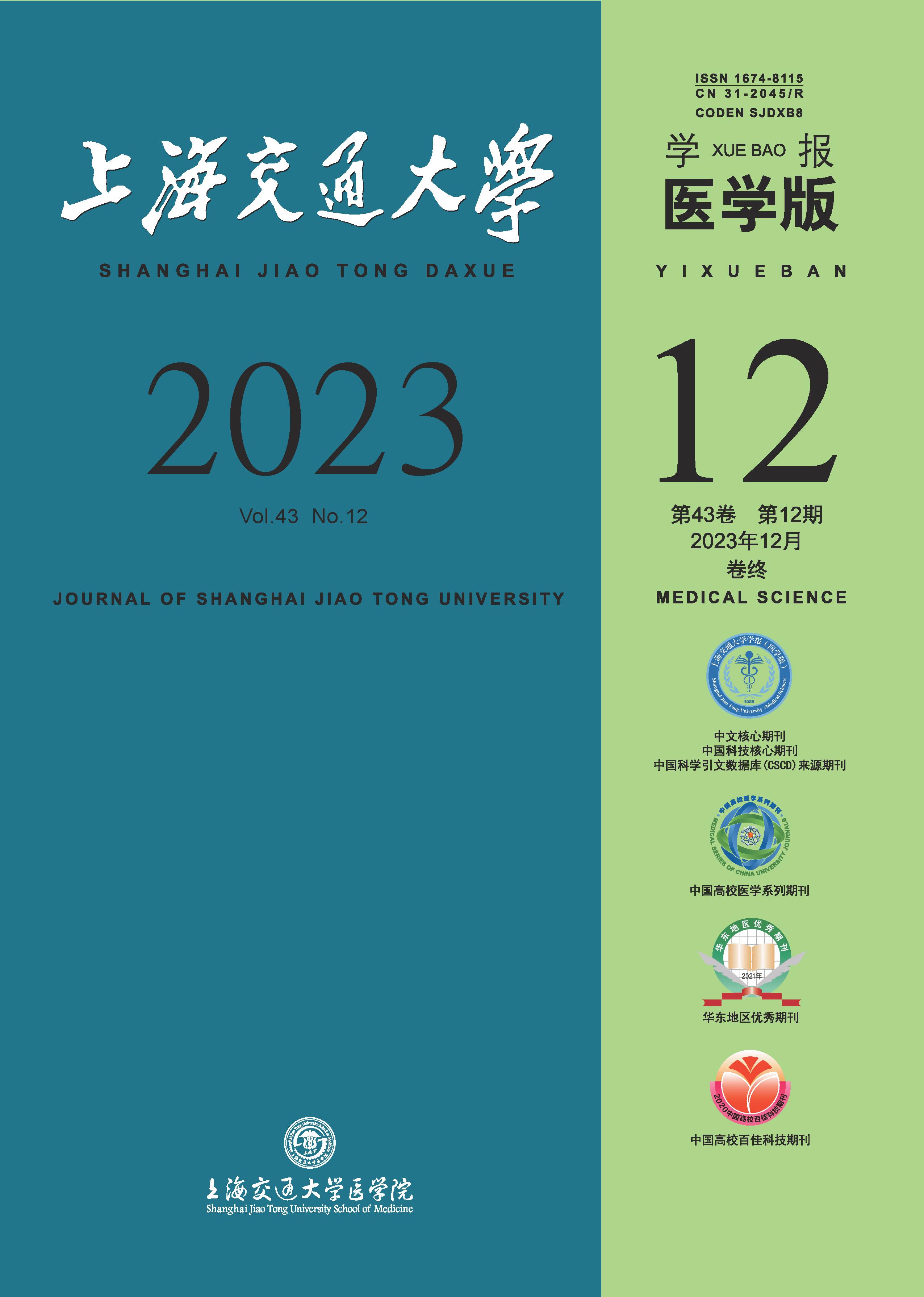Objective ·To elucidate the regulatory mechanisms of the chromobox protein homolog 8 (CBX8) in prostate cancer metastasis from transcriptome and epigenetic modification perspectives. Methods ·The correlation between the expression of CBX proteins and prostate adenocarcinoma (PRAD) in The Cancer Genome Atlas (TCGA) was examined through an analysis based on cBioPortal database. A stable CBX8 knockdown DU145 prostate cancer cell line was established via short hairpin RNA (shRNA) transfection. Subsequently, the proliferation and invasion of the CBX8 knockdown cells were analyzed by CCK-8 assay and Transwell assay, respectively. Transcriptome changes of the CBX8 knockdown cells were investigated through RNA sequencing (RNA-seq) coupled with Gene Set Enrichment Analysis (GSEA). To further evaluate the functional implications of these transcriptomic alterations, Gene Ontology (GO) for functional analysis was deployed. Moreover, to identify potentially affected signalling pathways, the Kyoto Encyclopedia of Genes and Genomes (KEGG) was utilized for pathway enrichment analysis. Lastly, the levels of H3K27me3, a key histone modification associated with CBX8, in the knockdown cells were determined by chromatin immunoprecipitation sequencing (ChIP-seq). Results ·Bioinformatic analysis with cBioPortal database, based on TCGA-PRAD cohorts, unveiled a high CBX8 mRNA expression in PRAD. Knockdown of CBX8 did not significantly affect the proliferation of DU145 cells (P>0.05), but caused a a significant increase in their invasiveness (P<0.05). The RNA-seq analysis revealed that CBX8 knockdown led to the upregulation of 750 genes and the downregulation of 951 genes. Notably, branched-chain-amino-acid aminotransferase 1 (BCAT1), a gene implicated in the metastasis of various types of cancers, showed a significant increase in expression following CBX8 knockdown. GSEA showed that the expression levels were of the affected genes were related to the functions of the polycomb repressive complex 1 (PRC1). A further investigation using GO and KEGG analyses identified several enriched pathways in the CBX8 knockdown cells, including transfer RNA (tRNA) aminoacylation, DNA replication, changes in aminoacyl-tRNA ligase activity, and cadherin binding. Interestingly, in terms of cell component of GO functional analysis, cell-substrate junction-related genes associated with tumor metastasis appeared to be enriched. ChIP-seq results showed a global decrease in H3K27me3 levels. Significantly, 97 reduced H3K27me3 peaks were found located nearby genes that were upregulated upon CBX8 knockdown, including the transcriptional start site of BCAT1. Conclusion ·CBX8 is highly expressed in prostate cancer. CBX8 suppresses prostate cancer cell invasion, possibly by recruiting the transcriptional repressive PRC1 complex to the transcription site of BCAT1, thereby inhibiting BCAT1 transcription and tumor metastasis.

